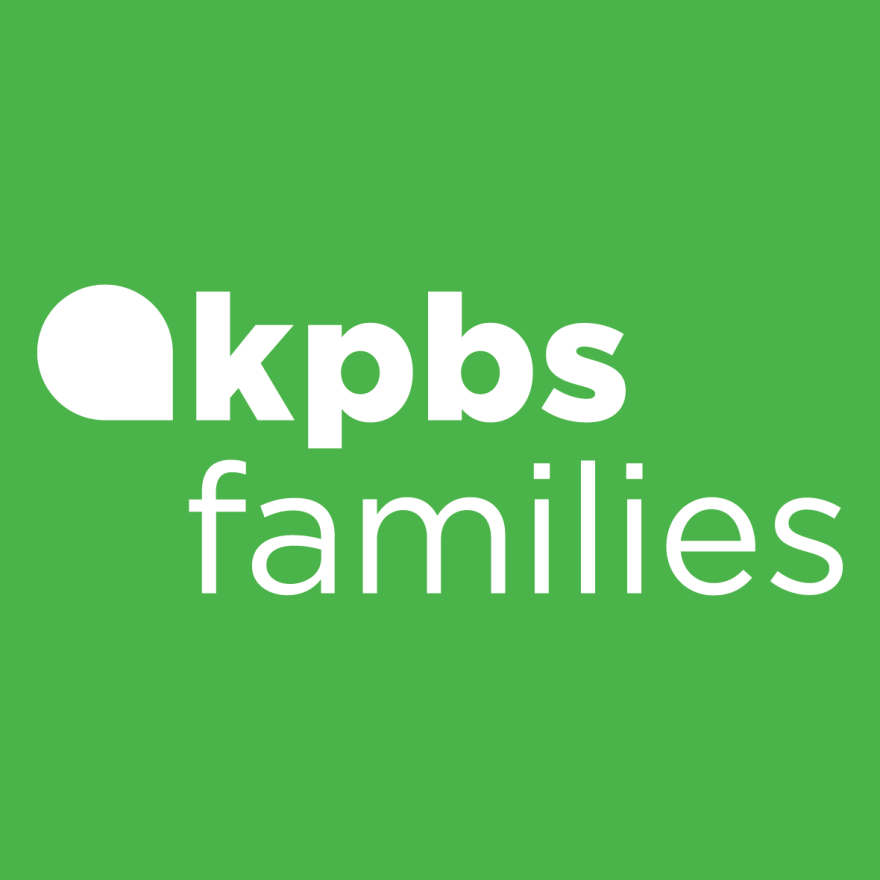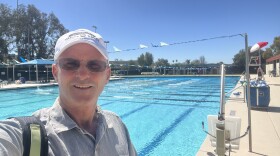On a Thursday, fourth-graders file out of class at Rosa Parks Elementary and down the sidewalk to face their fears at the City Heights public pool.
Among them is Mateo Hernandez. He admits the deep end is always a little nerve-racking, especially when the teacher lets him go.
“It's always like, ‘I can't do it! I can't do it! I’m gonna fall in the water!,’” he said. “Before the lessons, I could only stand in the water. If it was too deep, I’d just sink.”
Now, in his eighth half-hour swimming class, he can front float, back float, and “pancake” — flipping between the two — life-saving water skills.
The classes are part of the the city of San Diego’s Schools to Pools program.
The city has long offered free swimming lessons, but this year they’re pushing to offer even more in low-income neighborhoods.
And they’re bringing students out of class during the school day to do it. Aquatics supervisor Sinthya Carranza said it’s much more accessible this way.
“Sometimes our after-school lessons are not ideal,” she said. “We have working families. Parents aren't getting home until after six. There might be transportation issues. And so even though we're offering lessons after school, it may not be accessible to everyone.”
Though they’re prioritizing what the city calls “communities of concern,” any San Diego school can apply.
Carranza said many children in this program have never been to the beach or even a pool.
On their first-day water assessments, she said children in neighborhoods like City Heights tend to do far worse than children in more affluent neighborhoods near the beach, or with lots of backyard pools.
“Swimming lessons should not be perceived as something that's a privilege,” Carranza said. “It should be perceived as something that is a necessity. And everyone should have a right to have access to it.
According to the Centers for Disease Control, only about one-quarter of Latino adults and one-third of Black adults have had swimming lessons, compared to half of white adults.
Black children ages 10 to 14 drown in pools at a rate 7.6 times higher than white children — a tragedy caused not just by lack of access to swimming lessons today, but by the generational harm of segregated parks, beaches and pools.
Misael Chinchilla Coronado took the city’s swimming lessons at the City Heights pool in elementary school. Sixteen years later, he’s teaching them.
He tries to build the children’s confidence and ease their fears. He starts slowly: brings them onto the steps, invites them to wash their faces and pours a little water on top of their heads.
His former teacher, Colleen Crandall, brought him to the swimming lessons all those years ago. She looks on today, keeping watch over her current students.
“They're learning how to swim, but they're having a really good time. And they really need that,” she said.
She’s seeing some of their faces for the very first time, she said.
“Kids are still afraid to go out and do things since COVID,” she said. “I still have kids that are still wearing masks, and they're still really afraid to even take them off.”
The CDC reported drowning deaths increased significantly after COVID-19, especially for Black and Latino people — possibly because public pools closed.
These lessons could be saving the lives of children like fourth-grader Andrea Hernandez.
“I feel like I’m good at swimming now?” she said in a questioning tone. “Yeah,” she decides.
She offered advice for other kids new to swimming: “To try their best, to not be scared, and to not be nervous.”







